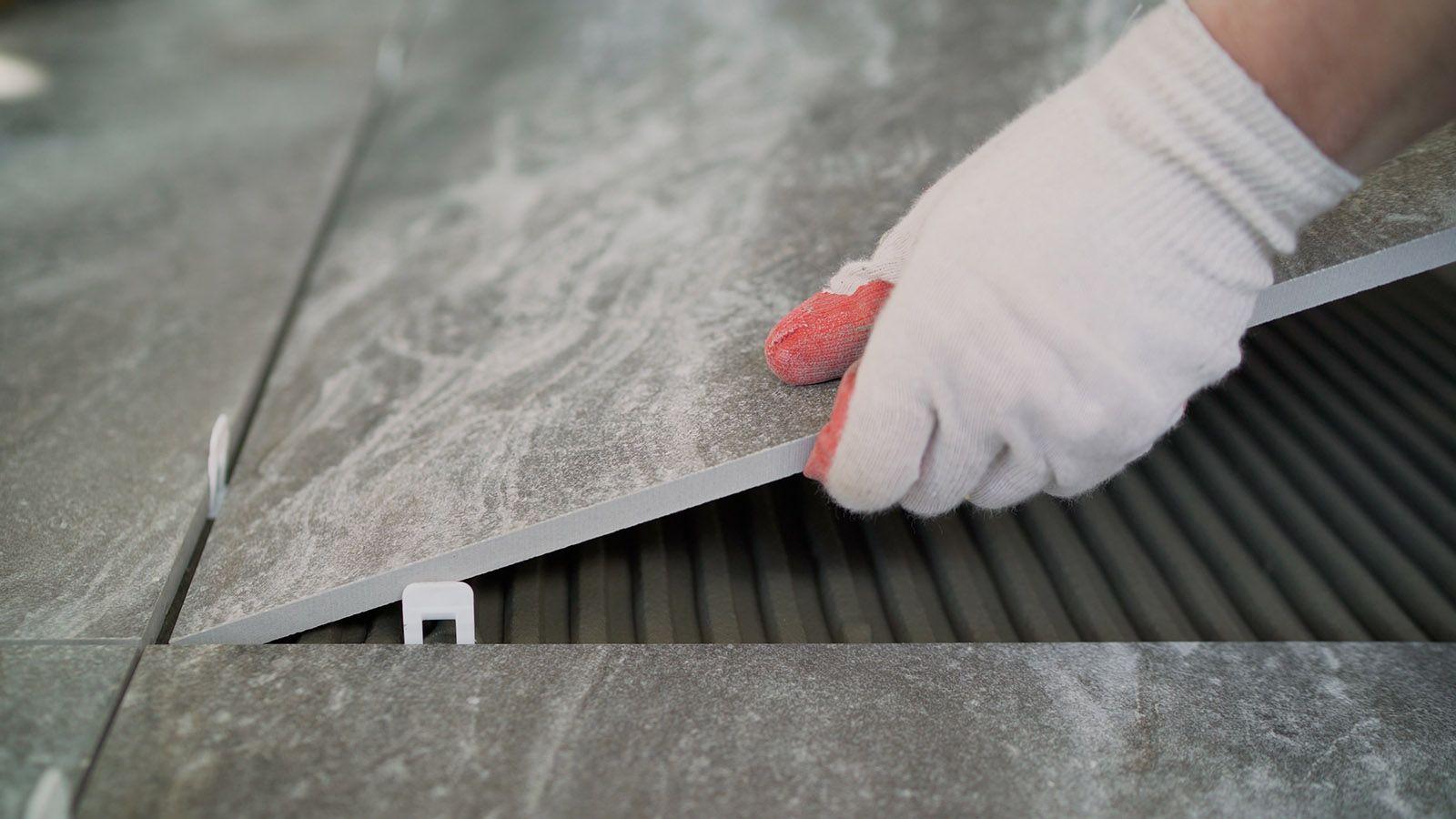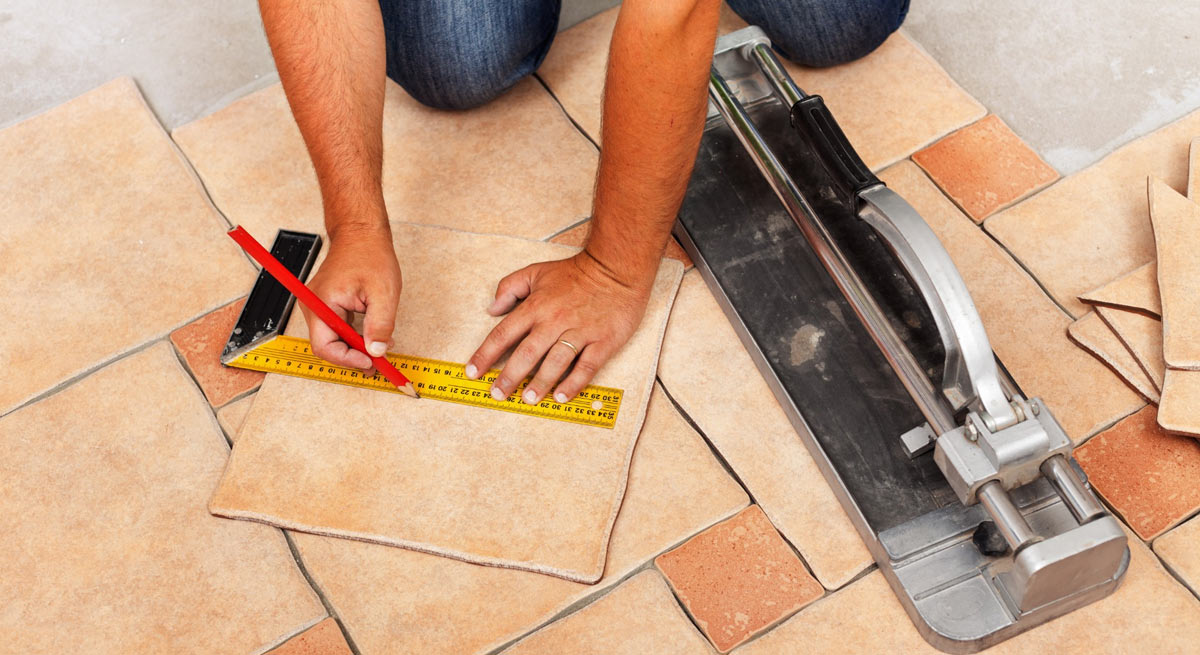Your Trusted Partner for Tile Installation Austin and Beyond
Your Trusted Partner for Tile Installation Austin and Beyond
Blog Article
Discover the Keys to Perfect Floor Tile Setup Every Single Time
Mastering the art of floor tile installment entails a series of exact actions and methods that, when implemented appropriately, can result in a smooth and sleek coating. By recognizing the tricks behind each step, you can make certain that your ceramic tile installment not just satisfies yet exceeds your expectations.
Proper Surface Preparation
Reliable tile installment hinges considerably on meticulous surface area preparation to make sure a remarkable outcome. The surface area needs to be tidy, dry, and structurally sound to prevent future problems such as loose floor tiles or fractured grout.
To ensure appropriate adhesion, it is advised to rough up smooth surface areas with sanding or scarifying. In addition, applying a primer can improve bonding between the ceramic tile and the substrate adhesive. Unequal surface areas need to be leveled using a self-leveling compound to protect against lippage and make sure a smooth coating.
In addition, examining for prospective sources of dampness is critical, as excess dampness can result in mold and mildew development and damages the floor tiles with time. Making use of a moisture obstacle or waterproofing membrane layer in wet locations like kitchens or shower rooms is important to secure the floor tiles from water damages. By diligently preparing the surface area before tile setup, one can develop a aesthetically attractive and sturdy tiled area that will stand the test of time.

Choosing the Right Adhesive
Choosing the appropriate adhesive is an important step in guaranteeing the effective installation of floor tiles. The sort of sticky you choose will depend upon various elements such as the kind of floor tile, the substratum material, and the location of the installment. There are different kinds of adhesives available in the market, including thin-set mortar, mastic, and epoxy.

Epoxy adhesives are waterproof and extremely sturdy, making them suitable for areas susceptible to moisture such as bathrooms or cooking areas. They are likewise appropriate for setting up glass or steel Discover More Here ceramic tiles. When choosing a sticky, make certain to comply with the maker's referrals and consider the particular requirements of your floor tile installation project.
Precision Cutting Methods
One of the most usual tools utilized for accuracy cutting in tile installment is the tile cutter. Ceramic tile cutters come in different kinds, consisting of hands-on ceramic tile cutters, electric wet saws, and handheld floor tile cutters. Hand-operated floor tile cutters are ideal for straight cuts on ceramic and porcelain floor tiles, providing clean and accurate edges.
In addition, making use of a tile nipper permits comprehensive cuts and shaping around obstacles or uneven forms. Wet ceramic tile saws outfitted with ruby blades are superb for making bent cuts, cutouts for components, or detailed layouts. In you could try here addition, utilizing tools like ceramic tile scribes or glass cutters can aid in scoring and breaking floor tiles with accuracy. By understanding these precision cutting strategies, floor tile installers can ensure a specialist coating and a visually attractive lead to their ceramic tile projects.

Grout Application Tips
When transitioning from precision reducing strategies to grout application in floor tile installation, attention to detail and method is extremely important for site here attaining a remarkable coating. Cement offers not just as a practical component that fills up the spaces in between tiles however additionally plays a significant function in the general visual of the installment.
Once the grout is applied, utilize a wet sponge to clean up the tiles, making sure not to eliminate cement from the joints. Adhering to these cement application suggestions will result in a properly installed ceramic tile surface area that boosts the charm of any type of room.
Ending Up Touches and Upkeep
To complete the tile installation task successfully, interest to detail throughout the completing touches and regular upkeep is critical. After the cement has dried and the tiles are securely in place, the last actions include making certain that all sides are appropriately secured.
Normal maintenance is key to protecting the elegance and functionality of your tiled surfaces. An easy routine of sweeping or vacuuming followed by wiping with a mild cleaner can help maintain your ceramic tiles looking pristine (tile installation austin). For locations that are often exposed to dampness, such as kitchens or washrooms, regular resealing of cement lines is recommended to avoid mold and mildew and mildew development
Conclusion
To conclude, accomplishing perfect ceramic tile installment each time calls for interest to detail and proper techniques. By focusing on surface area preparation, choosing the right adhesive, using precision cutting techniques, using cement carefully, and do with attention to detail, you can guarantee a professional-looking result. Keep in mind to adhere to these actions and maintain your tiles consistently to lengthen their lifespan and keep them looking their ideal.
One of the most common tools used for precision cutting in ceramic tile installment is the floor tile cutter. Floor tile cutters come in numerous kinds, including manual tile cutters, electric wet saws, and handheld ceramic tile cutters. Hands-on ceramic tile cutters are appropriate for straight cuts on ceramic and porcelain floor tiles, giving accurate and clean edges. Additionally, utilizing tools like tile scribes or glass cutters can help in scoring and breaking floor tiles with accuracy. By mastering these precision cutting methods, floor tile installers can make sure a professional surface and an aesthetically appealing outcome in their tile projects.
Report this page